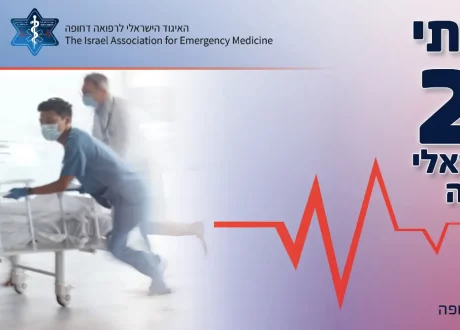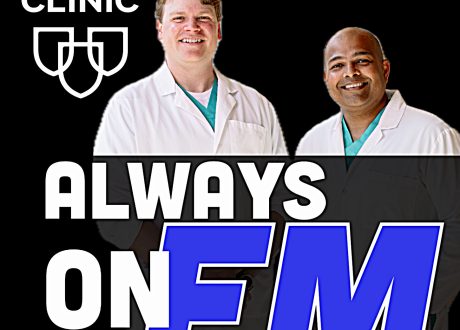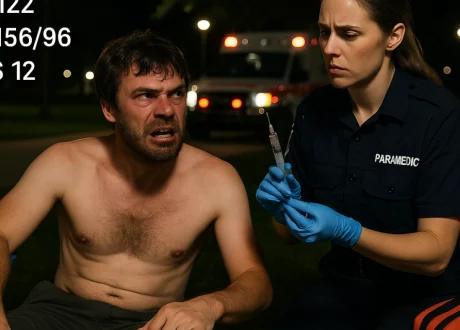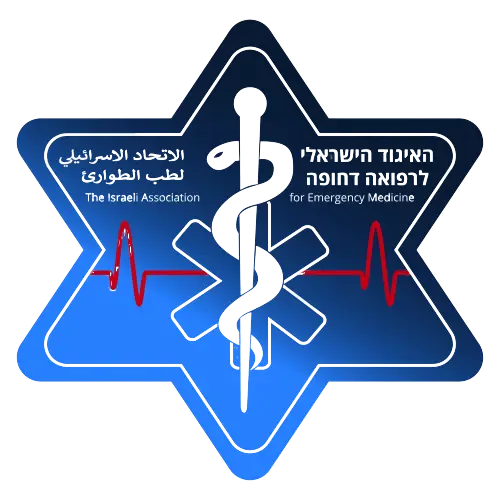 http://orcid.org/0000-0003-0803-8444Steve Goodacre1, Laura Sutton1, http://orcid.org/0000-0002-6659- 930Ben Thomas1, http://orcid.org/0000-0001-6513-100XOlivia Hawksworth1, Khurram Iftikhar2, Susan Croft2, Gordon Fuller1, Simon Waterhouse1, Daniel Hind1, Mike Bradburn1, http://orcid.org/0000-0003-0220- 223Michael Anthony Smyth3, Gavin D Perkins3, Mark Millins4, Andy Rosser5, http://orcid.org/0000-0002-1361-2714Jon M Dickson1, Matthew Joseph Wilson1 Correspondence to Professor Steve Goodacre, The University of Sheffield, Sheffield S10 2TN, UK; s.goodacre@sheffield.ac.uk
http://orcid.org/0000-0003-0803-8444Steve Goodacre1, Laura Sutton1, http://orcid.org/0000-0002-6659- 930Ben Thomas1, http://orcid.org/0000-0001-6513-100XOlivia Hawksworth1, Khurram Iftikhar2, Susan Croft2, Gordon Fuller1, Simon Waterhouse1, Daniel Hind1, Mike Bradburn1, http://orcid.org/0000-0003-0220- 223Michael Anthony Smyth3, Gavin D Perkins3, Mark Millins4, Andy Rosser5, http://orcid.org/0000-0002-1361-2714Jon M Dickson1, Matthew Joseph Wilson1 Correspondence to Professor Steve Goodacre, The University of Sheffield, Sheffield S10 2TN, UK; s.goodacre@sheffield.ac.uk
Abstract 
Background Ambulance services need to identify and prioritise patients with sepsis for early hospital assessment. We aimed to determine the accuracy of early warning scores alongside paramedic diagnostic impression to identify sepsis that required urgent treatment.
Methods We undertook a retrospective diagnostic cohort study involving adult emergency medical cases transported to Sheffield Teaching Hospitals ED by Yorkshire Ambulance Service in 2019. We used routine ambulance service data to calculate 21 early warning scores and categorise paramedic diagnostic impressions as sepsis, infection, non-specific presentation or other presentation. We linked cases to hospital records and identified those meeting the sepsis-3 definition who received urgent hospital treatment for sepsis (reference standard). Analysis determined the accuracy of strategies that combined early warning scores at varying thresholds for positivity with paramedic diagnostic impression.
Results We linked 12 870/24 955 (51.6%) cases and identified 348/12 870 (2.7%) with a positive reference standard. None of the strategies provided sensitivity greater than 0.80 with positive predictive value greater than 0.15. The area under the receiver operating characteristic curve for the National Early Warning Score, version 2 (NEWS2) applied to patients with a diagnostic impression of sepsis or infection was 0.756 (95% CI 0.729, 0.783). No other early warning score provided clearly superior accuracy to NEWS2. Paramedic impression of sepsis or infection had sensitivity of 0.572 (0.519, 0.623) and positive predictive value of 0.156 (0.137, 0.176). NEWS2 thresholds of >4, >6 and >8 applied to patients with a diagnostic impression of sepsis or infection, respectively, provided sensitivities and positive predictive values of 0.522 (0.469, 0.574) and 0.216 (0.189, 0.245), 0.447 (0.395, 0.499) and 0.274 (0.239, 0.313), and 0.314 (0.268, 0.365) and 0.333 (0.284, 0.386).
Conclusion No strategy is ideal but using NEWS2 alongside paramedic diagnostic impression of infection or sepsis could identify one-third to half of sepsis cases without prioritising unmanageable numbers. No other score provided clearly superior accuracy to NEWS2.
Trial registration number researchregistry5268, https://www.researchregistry.com/browse-the-registry%23home/registrationdetails/5de7bbd97ca5b50015041c33/









